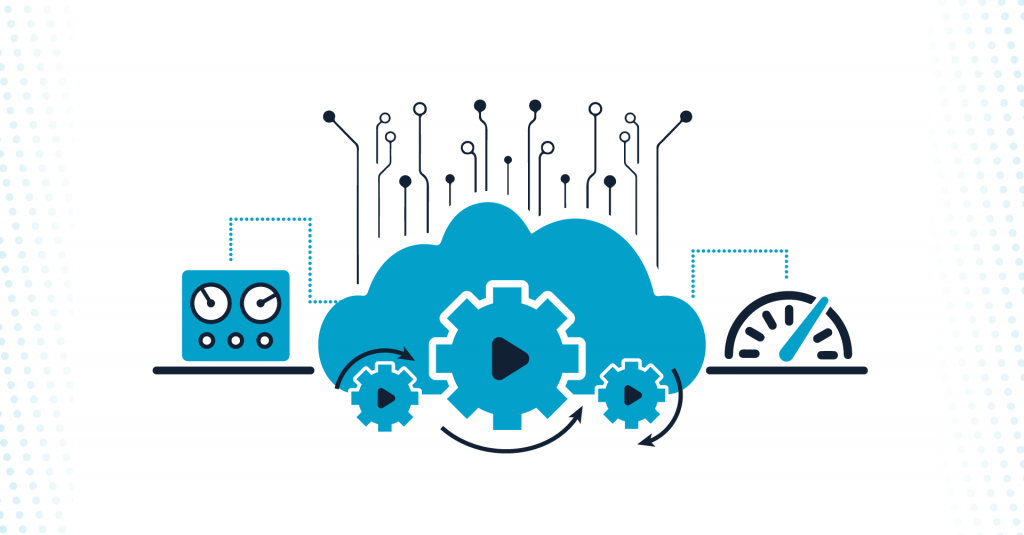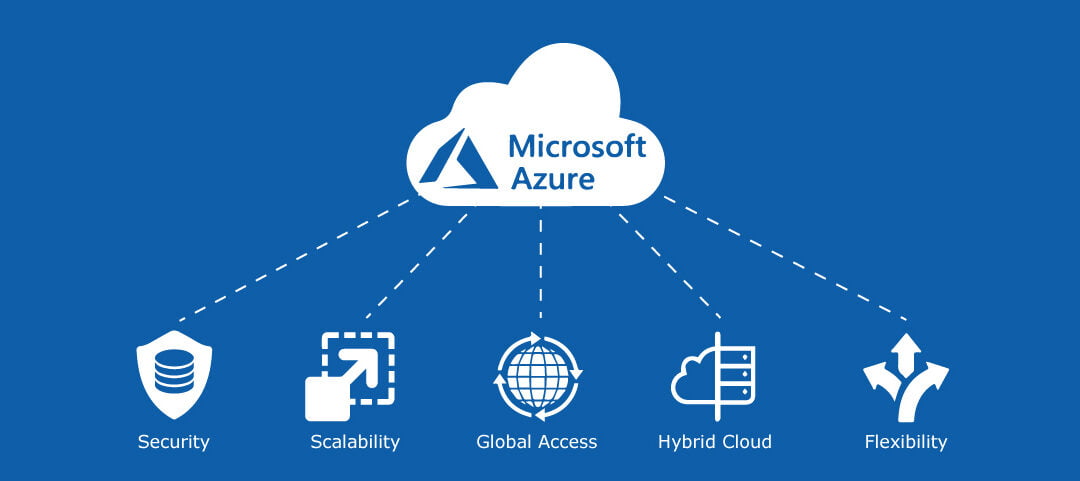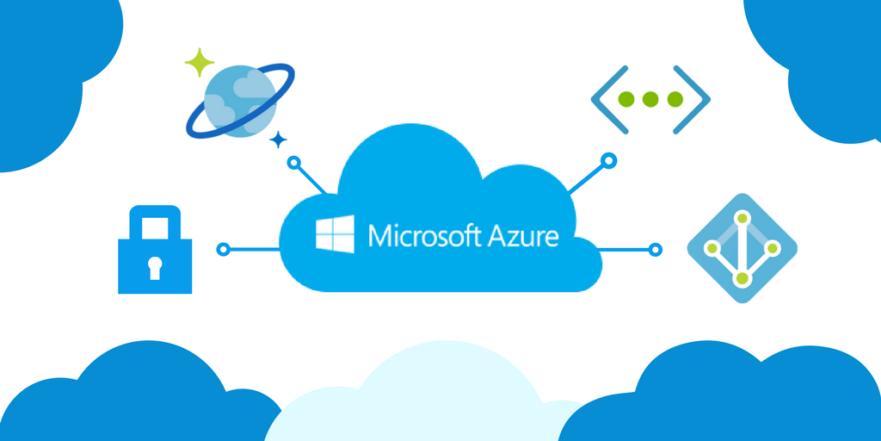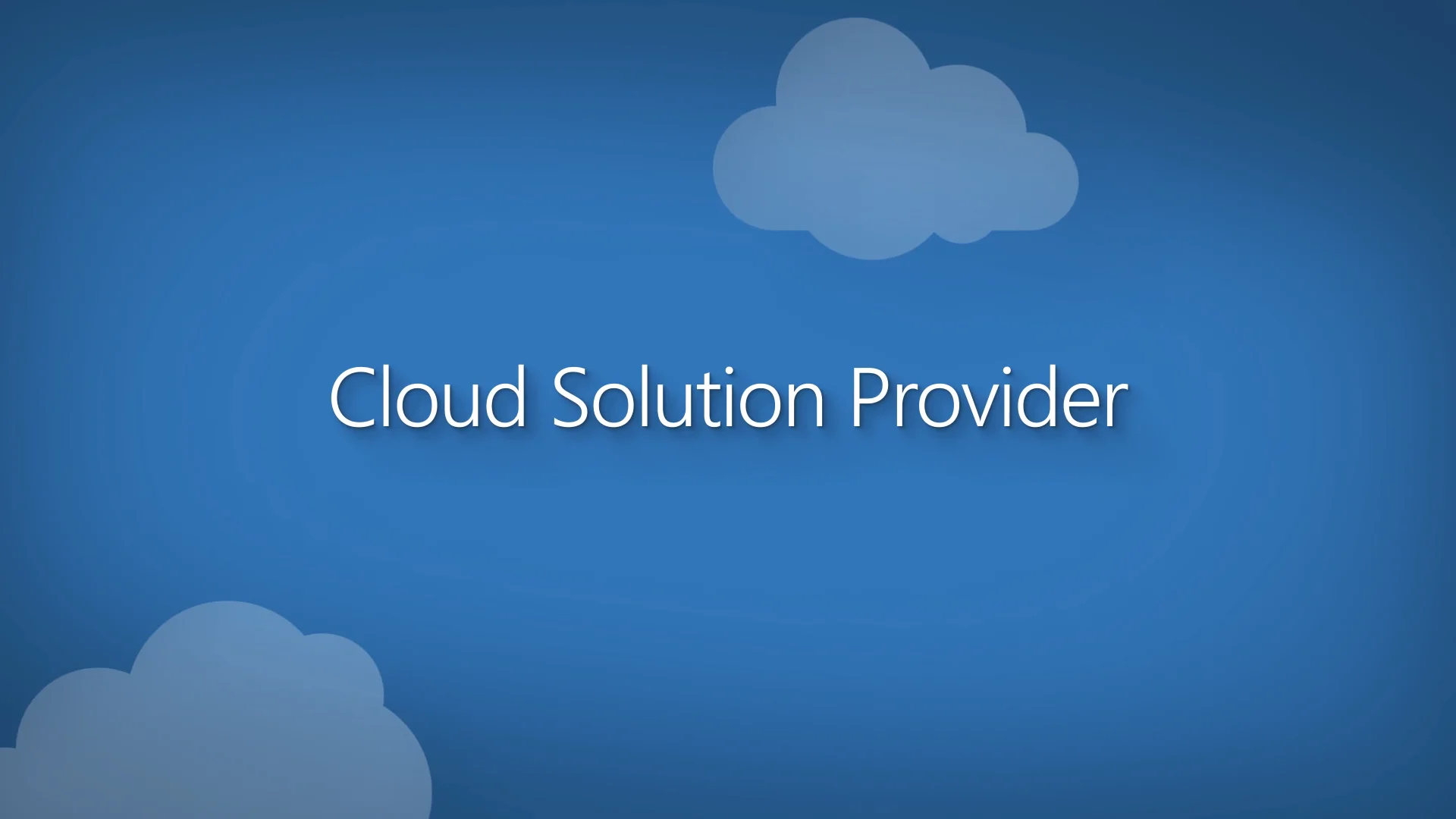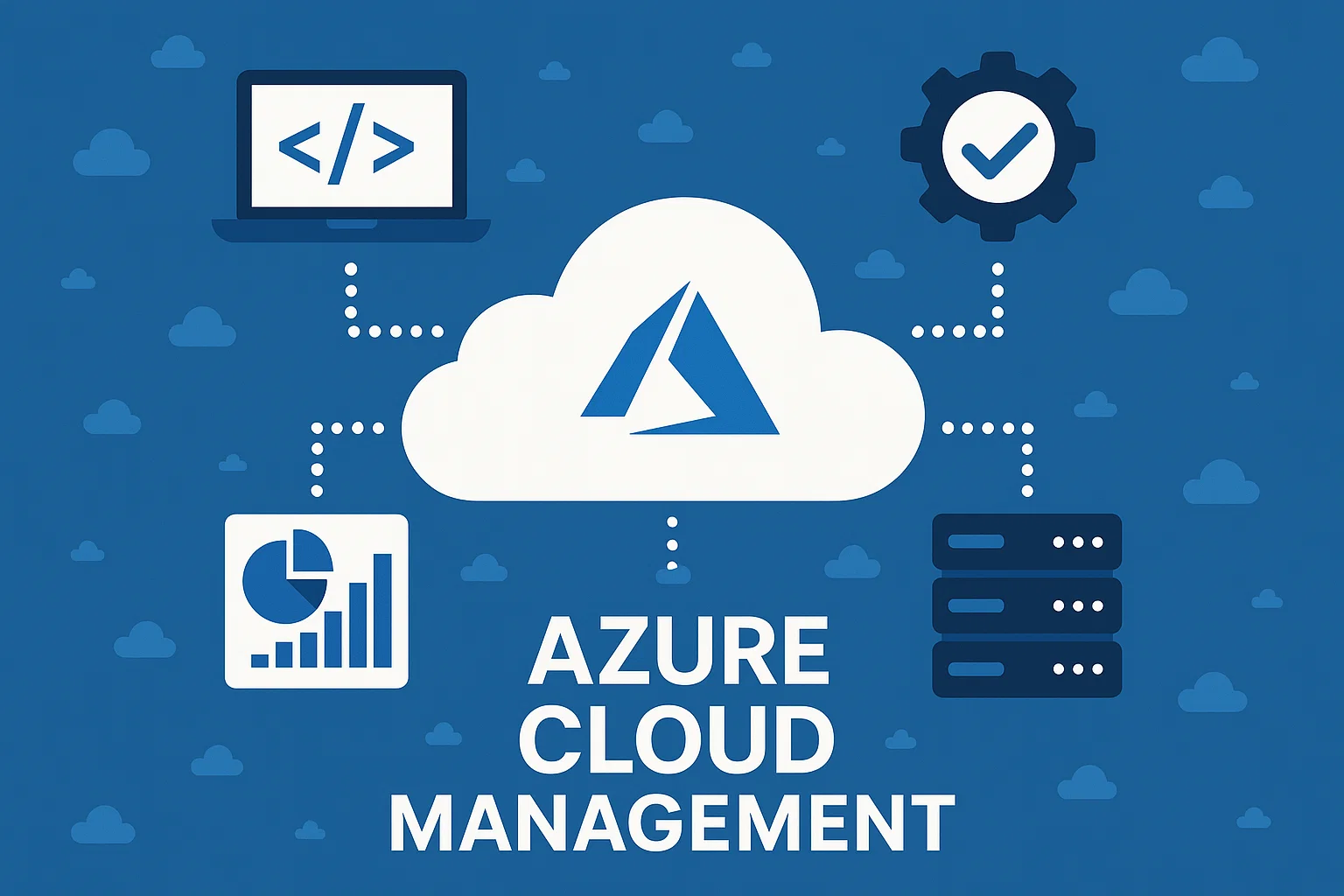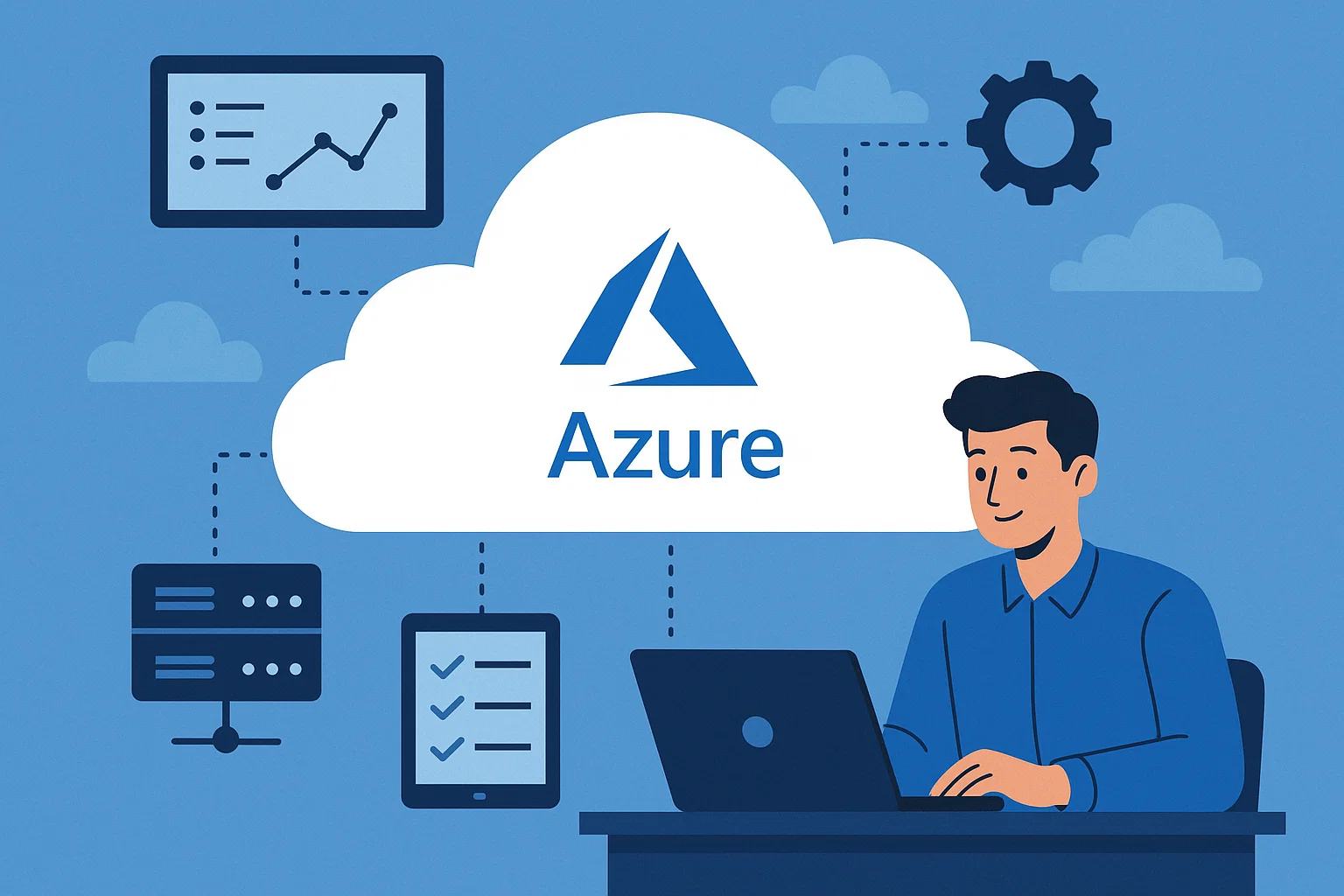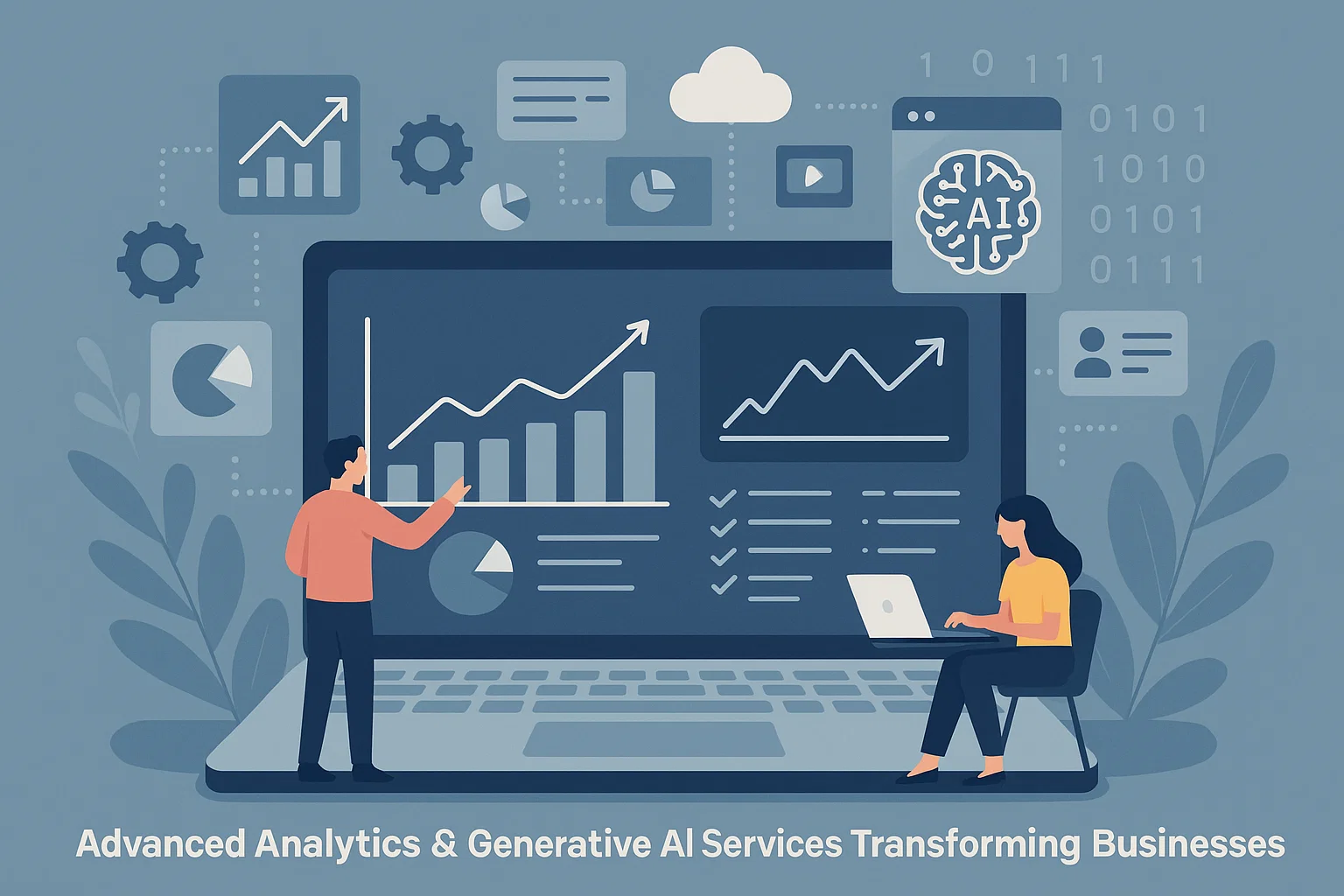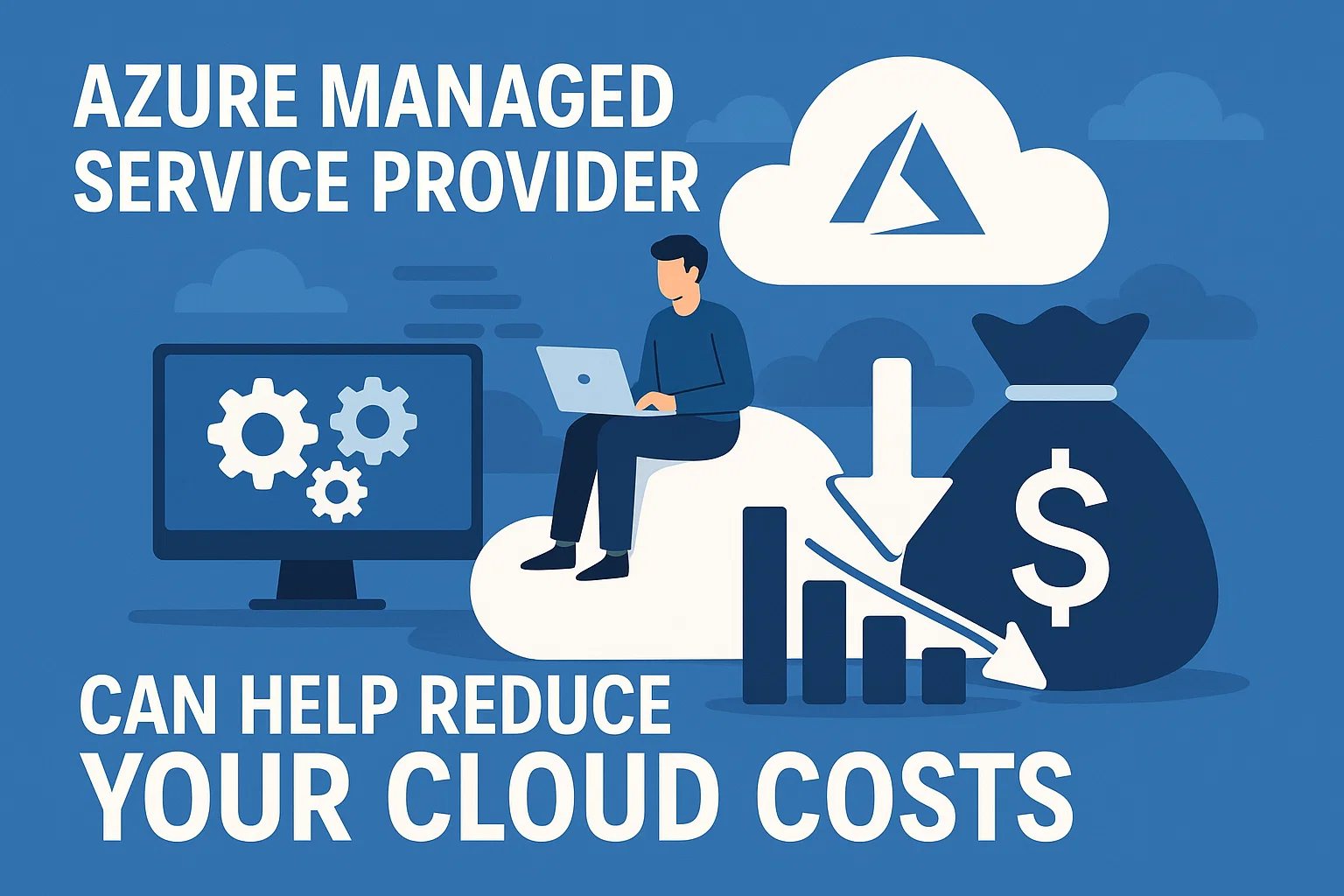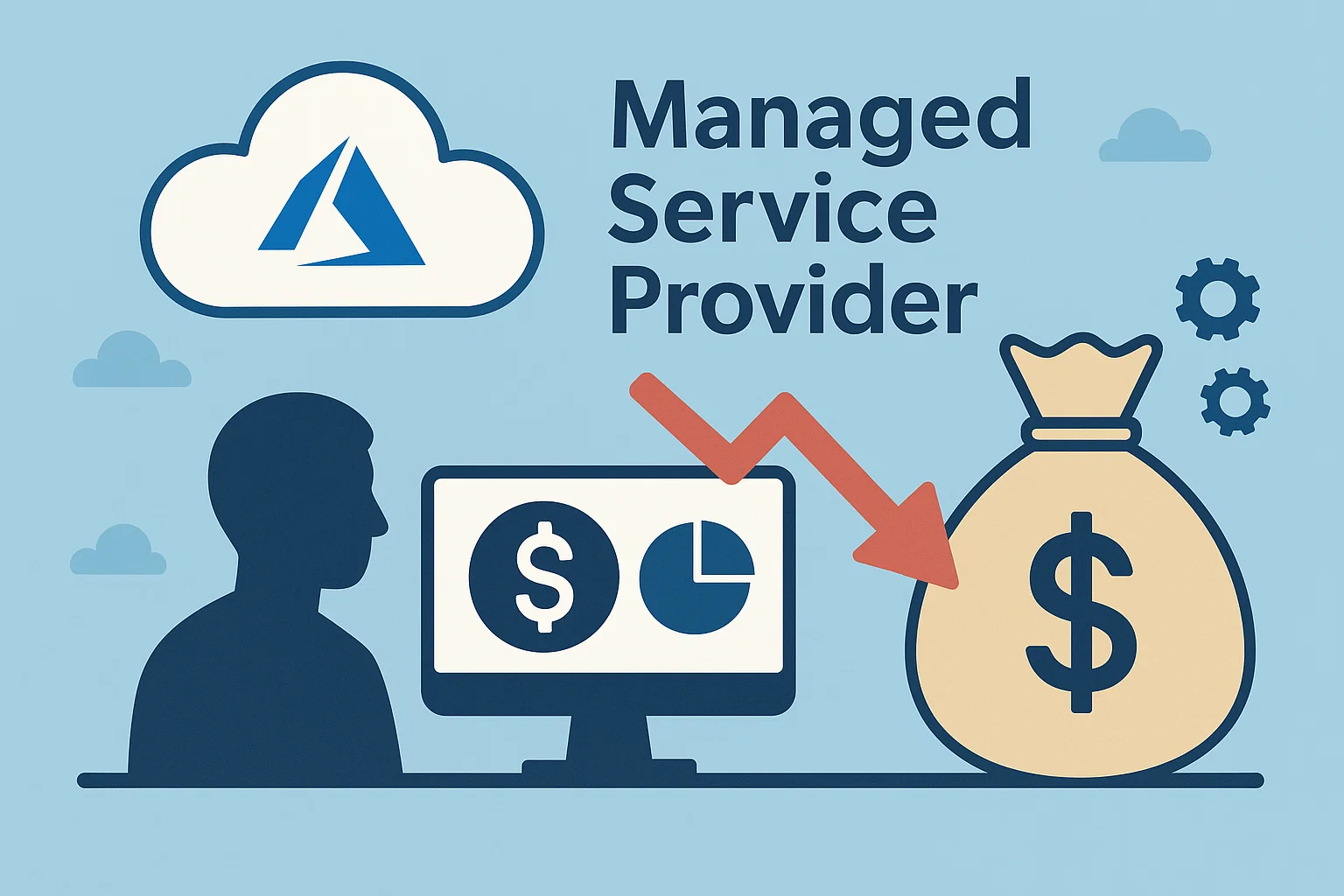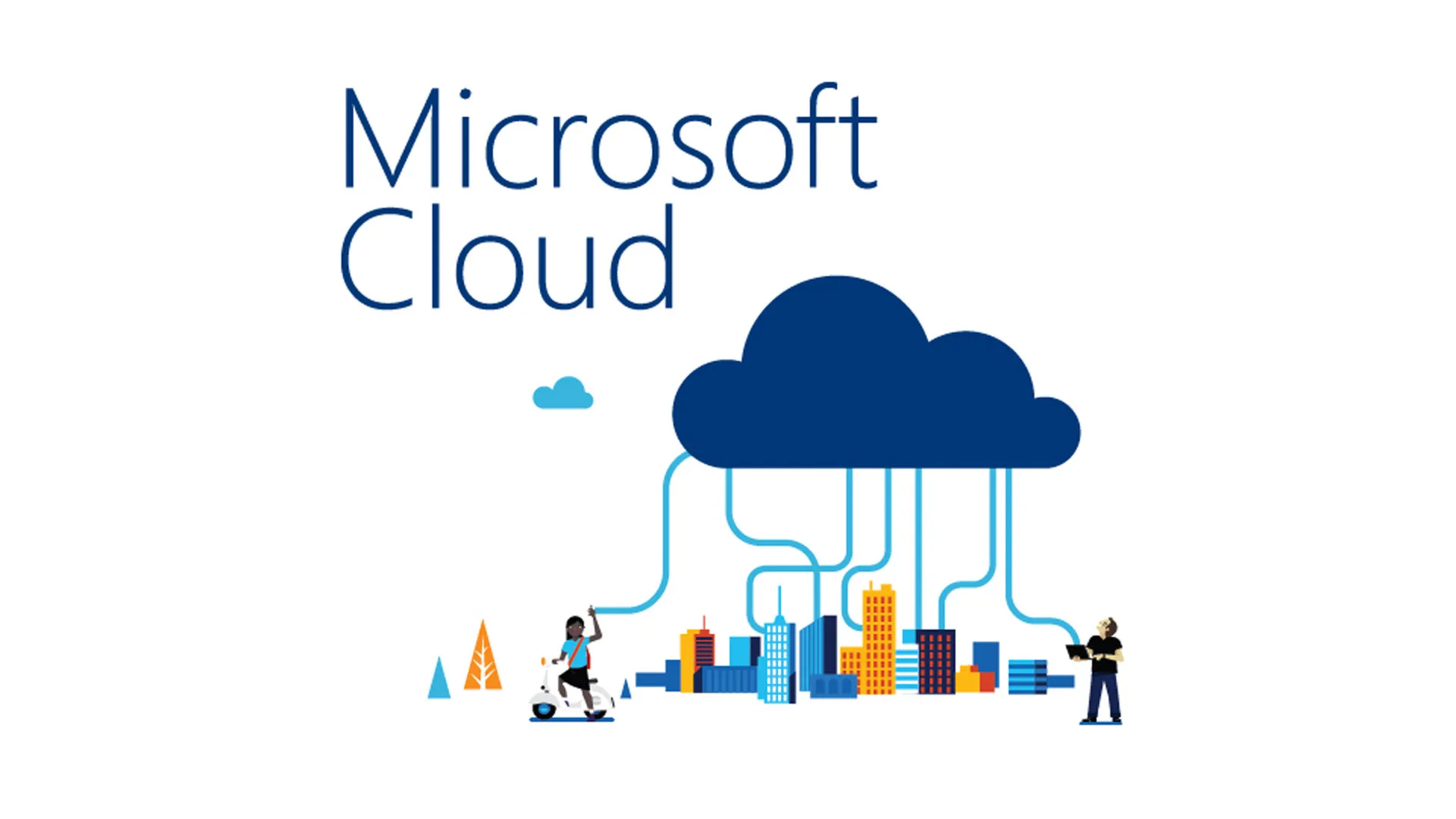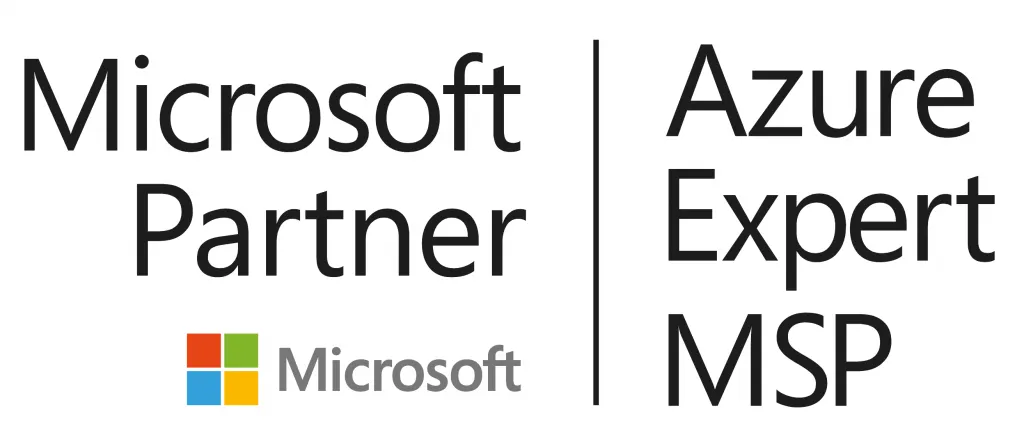Executive Summary
In today’s information-rich life sciences landscape, timely, accurate access to biomedical knowledge is more important than ever. Yet researchers often face a fragmented ecosystem—scientific databases, publications, and web sources are siloed behind different interfaces, formats, and ontologies.
To address this, we developed a Multi-Agent AI Research Assistant, engineered to streamline biomedical data retrieval, reasoning, and summarization. Built on technologies like Azure OpenAI, SerpAPI-powered Google Search, Azure AI Search, and Open Targets, the system coordinates intelligent agents to synthesize insights across structured and unstructured sources.
In this blog, we explore the problem space, introduce our multi-agent architecture, explain how it benefits biomedical researchers, and compare it to leading tools in the market.
The Challenge: Fragmented Access to Biomedical Knowledge
Despite the wealth of biomedical data available, researchers face several critical challenges:
- Dispersed Information Sources: Scientific knowledge is scattered across proprietary databases, peer-reviewed articles, biomedical ontologies, and dynamic web content.
- High Technical Overhead: Accessing this data often requires navigating complex APIs, query languages, and data schemas.
- Limited Interoperability: Structured databases and unstructured knowledge rarely integrate seamlessly.
- Manual Synthesis Bottlenecks: Researchers waste valuable time manually combining and validating results from different platforms.
The result? A slow, inconsistent, and inefficient discovery pipeline, limiting the speed at which insights can drive research and development.

Our Solution: A Multi-Agent AI Research Assistant
To solve these problems, we created a modular AI system that transforms how researchers interact with biomedical knowledge.
Instead of relying on a monolithic or sequential flow, our system uses AI agent orchestration, where each specialized agent handles a discrete task:
- Entity recognition
- External search
- Semantic vector retrieval
- Structured database querying
- Insight summarization and validation
By dynamically coordinating agents based on the query’s intent, the system delivers context-aware, grounded, and explainable biomedical insights in real time.
System Architecture: Modular, Intelligent, and Scalable
The assistant is built on a multi-agent coordination framework, which supports parallel task execution and domain-specific reasoning.
How It Works: Agent Workflow
- User Proxy Agent captures the user query and intent.
- Planner Agent maps the query to relevant tasks and routes it to specialized agents.
- Retrieval Agents (Google Search, Vector DB, Open Targets) gather evidence.
- Summarizer Agent synthesizes insights into a coherent response.
- Critic Agent (optional) validates output consistency and correctness.
This agent-based design allows for:
- Flexibility to plug in new tools or databases
- Resilience against individual service failures
- Optimized performance through dynamic task routing

Real-World Use Case: Accelerating Drug Discovery
Scenario: A biomedical researcher exploring glioblastoma-associated genes and potential therapeutic targets.
Traditional Workflow:
- Manually search multiple platforms.
- Extract and normalize identifiers like Ensembl IDs.
- Cross-check findings from literature and biomedical databases.
- Synthesize information manually.
With Our Assistant:
- Entities are auto-extracted from the query.
- Identifiers are resolved via Open Targets.
- Context is enriched using Google and Vector Search agents.
- A synthesized, accurate answer is returned within seconds.
This transforms our system into a real-time research collaborator, reducing hours of manual work to moments—while preserving scientific rigor.
Comparison: How We Stack Up

Note: This comparison is based on information available as of February 2025.
Why Multi-Agent Architecture?
Our early prototypes used linear function calls and static prompts, but we moved to a multi-agent model for three critical reasons:
- Scalability: Each agent is modular making it easy to upgrade or extend without impacting the system.
- Fault Tolerance: Agents operate independently, so the system can continue functioning even if one component fails.
- Dynamic Routing: The planner agent selectively triggers only relevant agents, improving speed and API cost efficiency.
Conclusion: The Future of Biomedical Discovery
In a domain where precision, speed, and trustworthiness are paramount, the future of biomedical research depends on intelligent systems that reduce friction and boost discovery.
Our Multi-Agent AI Research Assistant is more than a chatbot or search engine. It’s a collaborative research partner that integrates the open web, structured databases, and AI reasoning into a seamless workflow.
As the biomedical data landscape grows in scale and complexity, systems like ours will become foundational—accelerating insights from data to discovery, and unlocking the next generation of breakthroughs in medicine and life sciences.


